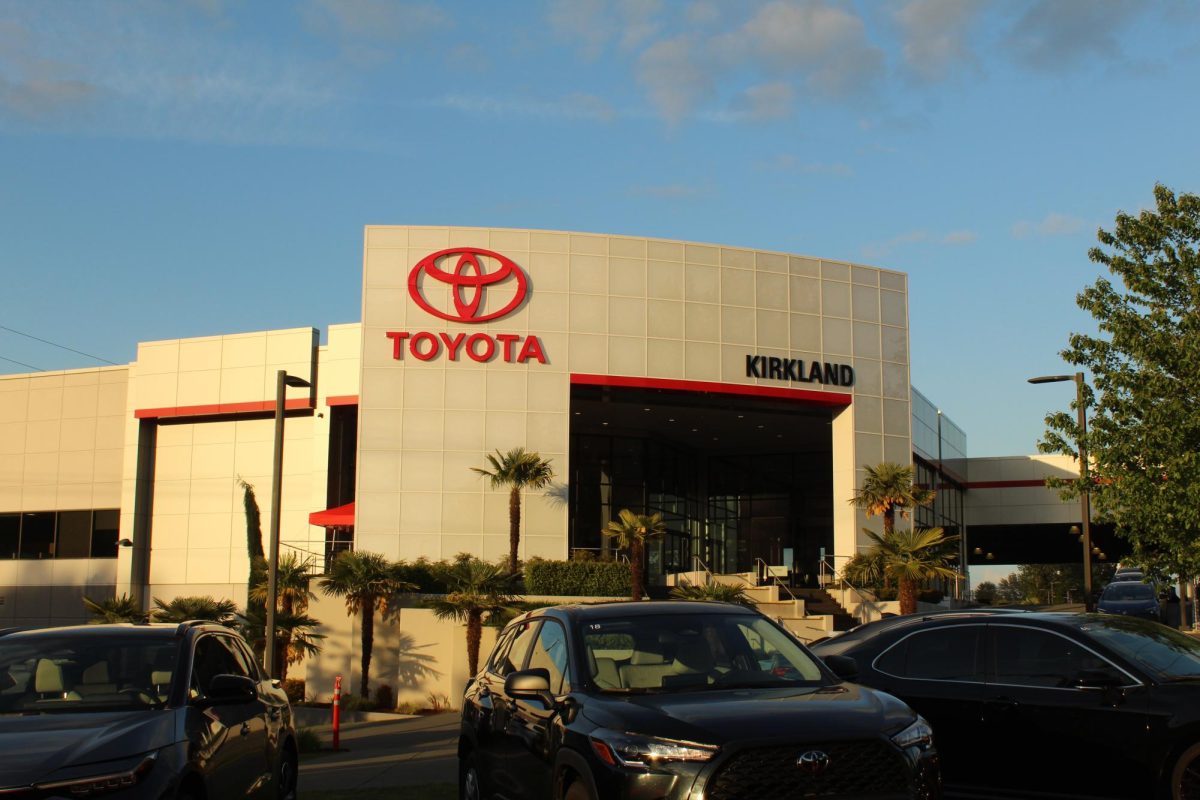On Jan. 1, Washington’s minimum wage increased by 3.4% from $15.78 to $16.28, and an estimated 9.9 million workers received raises due to minimum wage increases in over 20 states. The majority of states — including Washington — cite automatic inflation adjustments, but many also attribute legislative changes and ballot measures. New wage increases brought the minimum wage up to $16 an hour in California, New York and Washington.
Washington State Department of Labor & Industries’ publicized the change on its website on Sep. 29, 2023. The DLI announced an annual cost of living adjustment to wages based on the federal Consumer Price Index. These changes are mainly made to adjust for inflation and to avoid widening the gap between upper and lower classes.
“It makes sense that if we want to keep a solid middle class and those types of things, we have to make those adjustments,” Jim Allen (he/him), college and career counselor said. “Otherwise you just have white collar and tech going [up] and everyone else going [stagnant], especially in this area.”
Most wage increases across the U.S. occurred at local levels, with 38 cities and counties increasing their minimum wages on Jan. 1. Tukwila, Seattle and SeaTac are now the top three highest minimum wage cities in the country, followed by cities in California and Colorado. For employers with more than 500 employees, minimum wage workers will earn $20.29, $19.97 and $19.71 an hour in Tukwila, Seattle and SeaTac, respectively.
“If you’re coming from a family that needs additional financial support — that needs the children who are old enough to be working to be working — then this is fantastic,” Allen said. “But I like the idea that students could work less to make the money that they want to make for spending money.”
Seattle employers with 500 employees or less will increase the minimum wage to $17.25 an hour if the employer puts $2.72 per hour toward medical benefits and/or the employee earns $2.72 per hour in tips. Either way, employees will receive $19.97 per hour in worker compensation. The wage increase applies to workers of age 16 and older. Under state law, employers can pay 85% of the minimum wage to workers ages 14-15. In Washington state, that equals $13.84 an hour.
“There’s such a difference between the students who need to be working and the students who just want to work,” Allen said. “There are some people who are really motivated by money. But if you don’t need the money, you can choose to work more or choose to work less and balance it that way.”
This rise in minimum wage gives working students the opportunity to bring more stability into their lives. Some may choose to continue working for the extra spending money, and others may choose to give more time to different parts of their lives.
“[The wage increase] would be really beneficial because students might be able to work less and spend more time on schoolwork or those things,” Allen said. “For somebody who has to work the extra hours outside of school, it can become a cycle where you can’t get any homework done because you have to work these hours. So the ability to make more working fewer hours and have more time to — one, just do school, and two, be a kid — is a good thing.”











